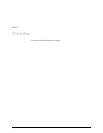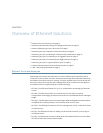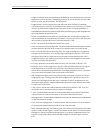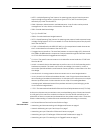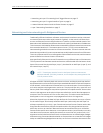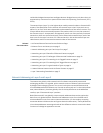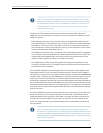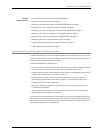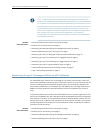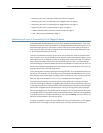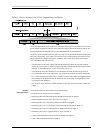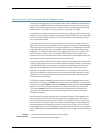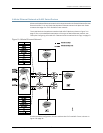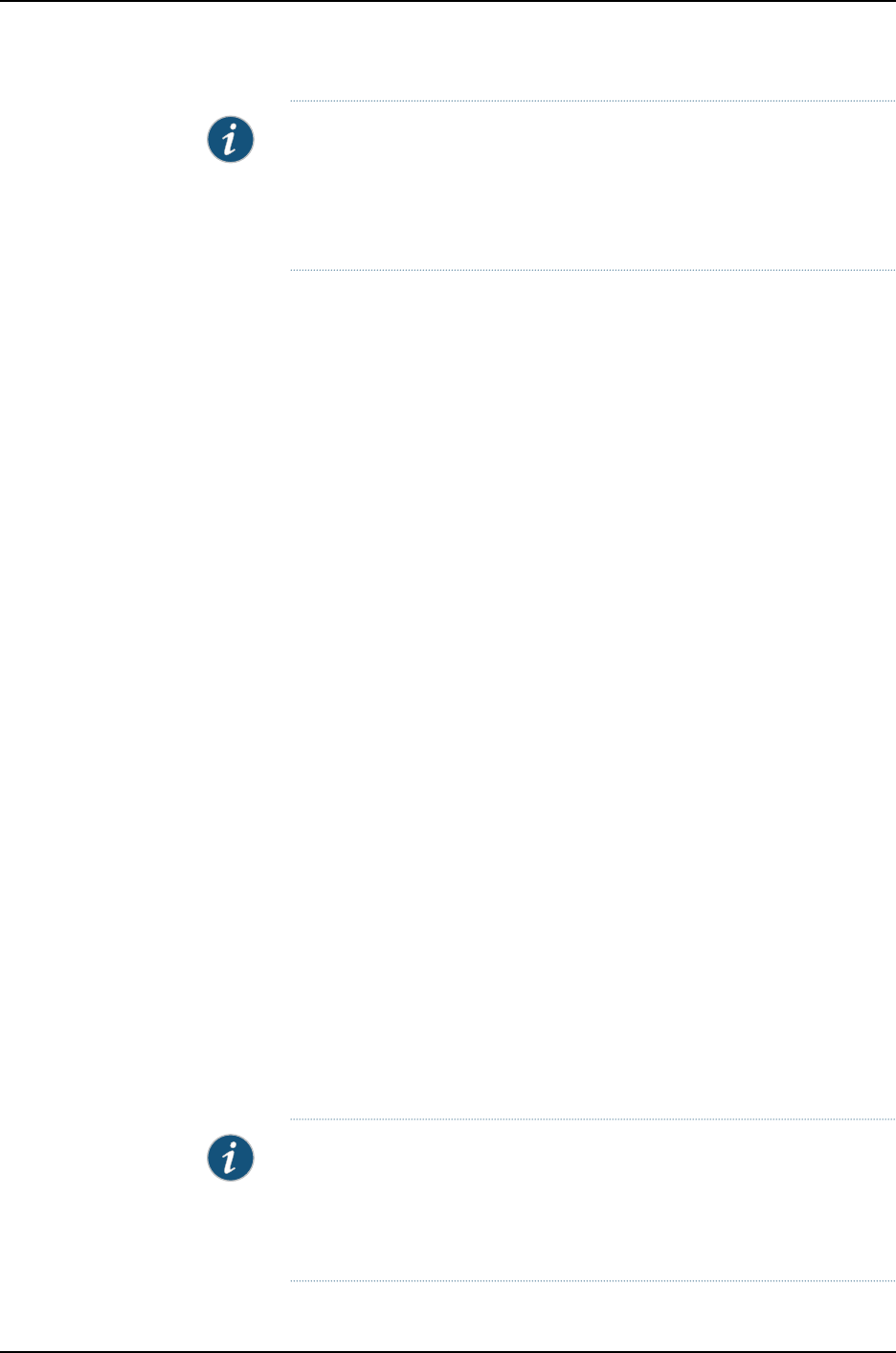
NOTE: The opposite of a “globally unique network address” is the “locally
significantconnectionidentifier” whichconnectstwoendpointson anetwork.
For example, MPLS labels such as 1000001 can repeat in a network, but a
public IP address can appear on the Internet in only one place at a time
(otherwise it is an error).
All devices on LANs that are attached to the Internet have both MAC layer and IP
addresses. Frames and packets contain both source and destination addresses in their
headers. In general:
•
MAC addresses are 48 bits long. The first 24 bits are assigned by the IEEE and form
the organizationally unique identifier (OUI) of the manufacturer or vendor requesting
the address. The last 24 bits form the serial number of the LAN interface cards and
their uniqueness must be enforced by the company (some companies reuse numbers
of bad or returned cards while others do not).
•
IPv4 addresses are 32 bits long. A variable number of the beginning bits are assigned
by an Internet authority and represent a subnet located somewhere in the world. The
remaining bits are assigned locally and, when joined to the network portion of the
address, uniquely identify some host on a particular network.
•
IPv6 addresses are 128 bits long. Although there are significant differences, for the
purposes of this discussion, it is enough to point out that there is also a network and
host portion to an IPv6 address.
Note that MAC addresses are mainly organized by manufacturer and IP addresses are
organized by network, which is located in a particular place. Therefore, the IP address
can easily be used by routers for a packet's overall direction (for example, “192.168.27.48
is west of here”). However, the MAC addresses on a vendor's interface cards can end up
anywhere in the world, and often do. Consider a Juniper Networks router as a simple
example.EveryEthernet LANinterface onthe router thatsends or receivespacketsplaces
them inside Ethernet frames with MAC addresses. All of these interfaces share the initial
24bits assignedtoJuniper Networks.Twomight differonlyin onedigit fromone interface
to another. Yet the routers containing these MAC interfaces could be located on opposite
sides of the world.
An Internet backbone router only needs a table entry for every network (not host) in the
world. Most other routers only have a portion of this full table, and a default route for
forwarding packets with no entries in their table. In contrast, to perform the same role,
a bridge would need one table entry for every LAN interface, on host or bridge, in the
world. This is hard enough to do for Ethernets that span a metropolitan area, let alone
the entire world.
NOTE: There are other reasons that Ethernet would be hard-pressed to
becomea truly global network,including the fact that MAC addresses do not
often have names associated with them while IP addresses do (for example,
192.168.27.48 mightbehost48.accounting.juniper.net).Thissectionaddresses
only the address issues.
Copyright © 2010, Juniper Networks, Inc.8
Junos 10.4 MX Series Ethernet Services Routers Solutions Guide




